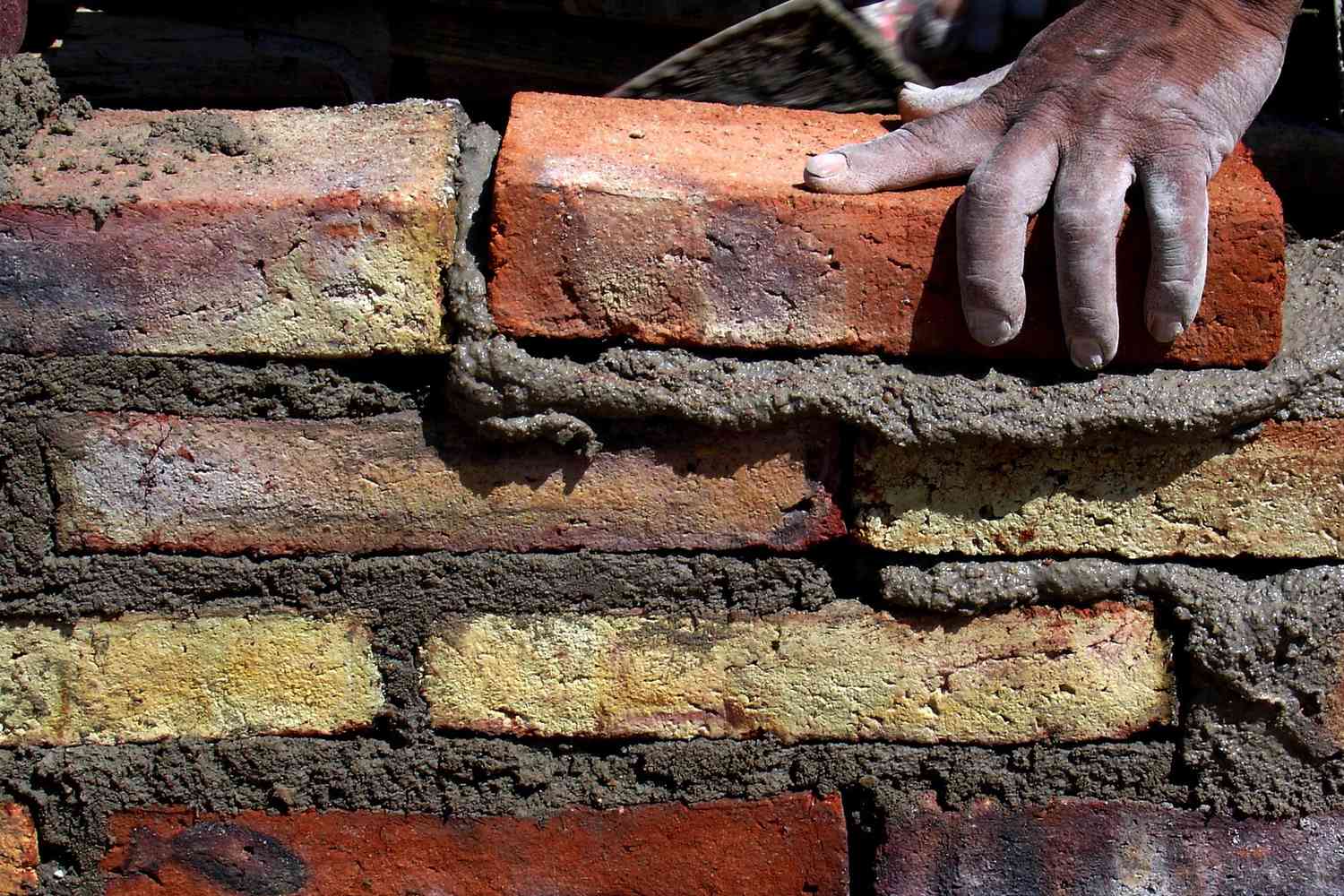The Science Behind Tuckpointing: Understanding the Chemistry of Mortar and Bricks

Tuckpointing is an essential technique for maintaining and preserving brick structures, but have you ever wondered why it works so effectively? The answer lies in the intricate science behind the materials involved—specifically, the chemistry of mortar, the types of bricks used, and how these elements interact with environmental factors. In this blog, we'll dive into the key scientific principles that make tuckpointing not just a cosmetic fix, but a long-term solution for brickwork preservation.
Chemical Composition of Mortar: The Foundation of Strength
Mortar is the glue that holds brick structures together, and its effectiveness is rooted in its chemical makeup. Typically composed of cement, lime, sand, and water, mortar's properties can vary depending on the specific ratios of these ingredients:
- Cement: The primary binding agent, cement is rich in calcium silicates, which react with water to form a hard, durable material.
- Lime: Often derived from limestone (calcium carbonate), lime adds flexibility and workability to the mortar. It allows the mortar to adjust to minor shifts and movements in the brick structure without cracking.
- Sand: Acting as a filler, sand gives the mortar its bulk and rough texture, which enhances the grip between the mortar and bricks.
- Water: Essential for the chemical reactions that harden the mortar, water also influences the workability of the mixture.
The combination of these ingredients creates a mortar that not only binds bricks together but also adapts to environmental changes, ensuring long-lasting durability.
Interaction Between Bricks and Mortar: The Chemistry of Bonding
The type of brick used in a structure can significantly affect how well it bonds with the mortar. Here's how different bricks interact with mortar:
- Clay Bricks: These bricks are highly porous, meaning they absorb water from the mortar. This absorption can impact the curing process and the overall bond strength, but it also allows for a tighter mechanical grip as the mortar hardens.
- Concrete Bricks: With a higher cement content, concrete bricks tend to form a stronger chemical bond with the mortar, as their composition is more similar to that of the mortar itself.
- Calcium Silicate Bricks: These bricks are less porous and often require mortars with higher flexibility to ensure a good bond and accommodate any structural movement.
The porosity of the brick plays a crucial role in the mortar’s effectiveness. High-porosity bricks allow the mortar to penetrate deeper, creating a more secure bond, but they can also lead to faster deterioration if moisture isn’t properly managed.
The Science of Mortar Adhesion and Longevity: Keeping It Together
Adhesion between mortar and bricks is achieved through both mechanical interlocking and chemical bonding. Here’s how it works:
- Mechanical Interlocking: The rough surface of bricks provides a physical grip for the mortar. As the mortar hardens, it "locks" into the brick’s surface, forming a strong physical bond.
- Chemical Bonding: The calcium silicates in cement undergo a hydration process when mixed with water, forming calcium silicate hydrate (C-S-H). This compound is responsible for the mortar’s strength and durability.
However, environmental factors like moisture, temperature changes, and salt exposure can challenge the longevity of this bond. For example, freeze-thaw cycles can cause the mortar to crack, making regular tuckpointing essential for maintaining the structure’s integrity. Additives like pozzolans can be incorporated into the mortar mix to improve its resistance to these environmental stressors, reducing permeability and enhancing durability.